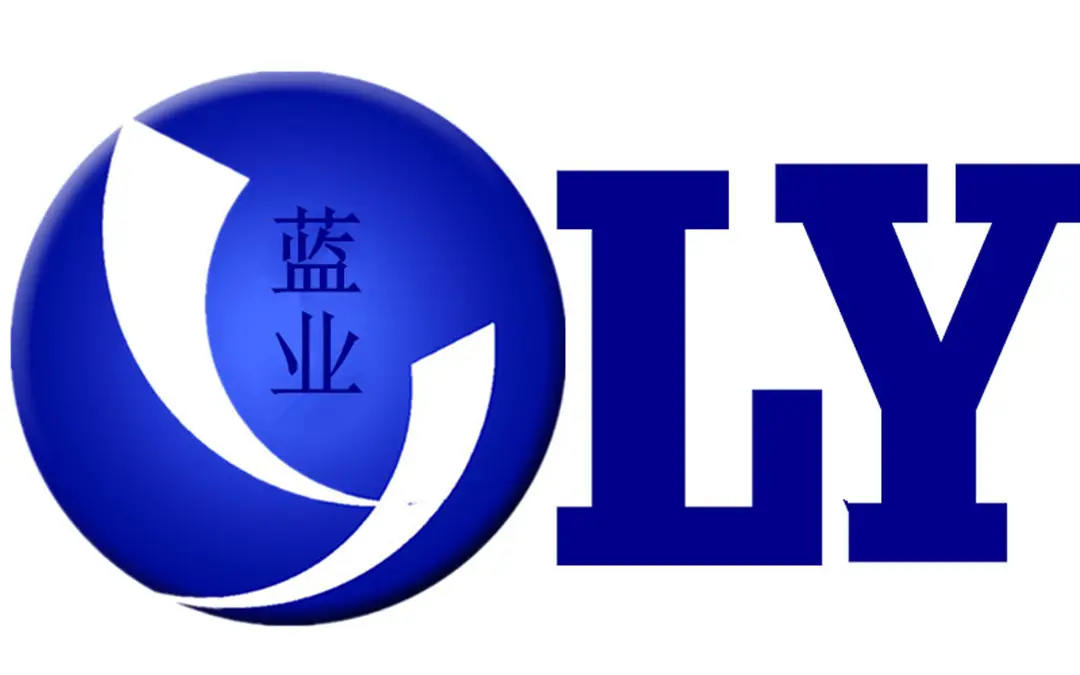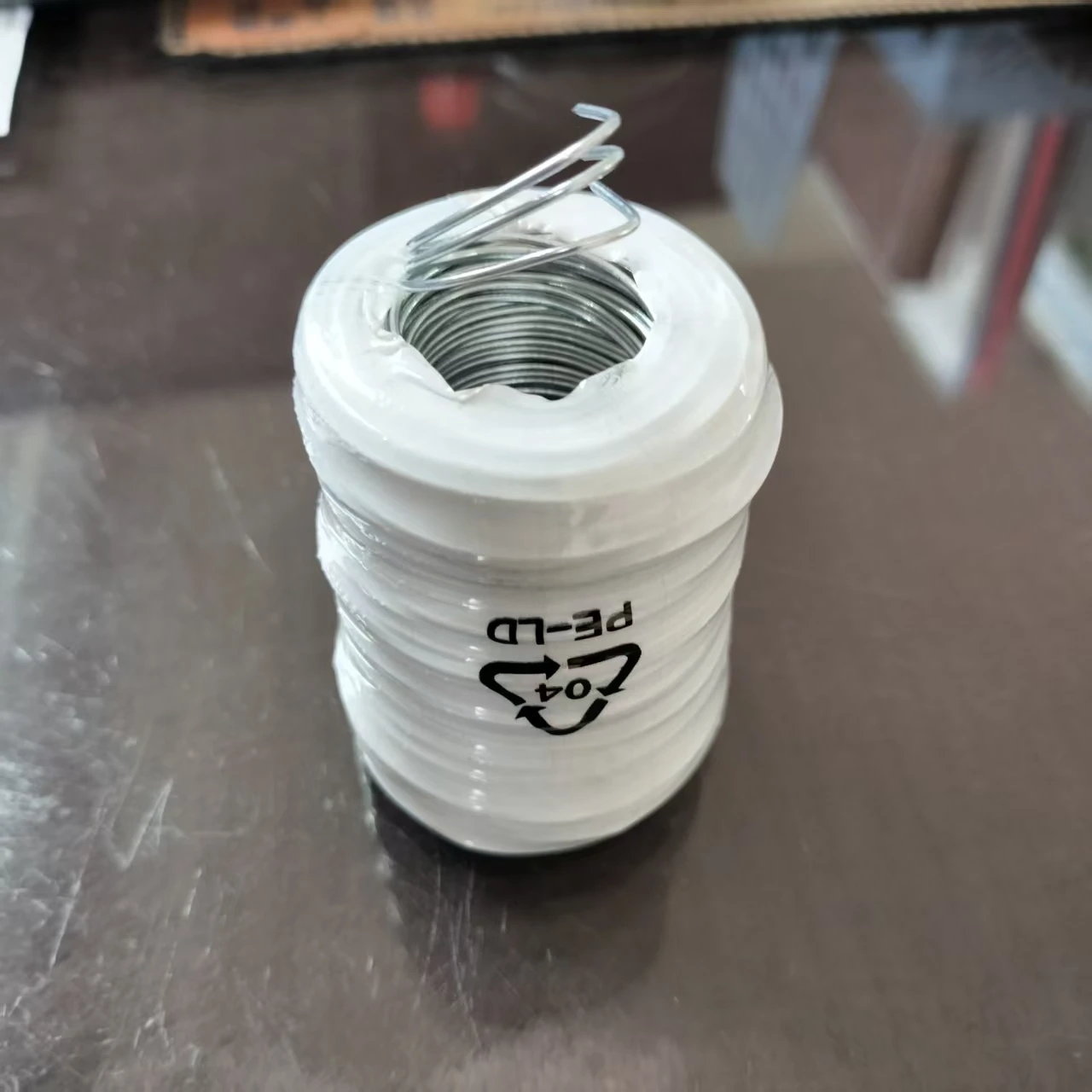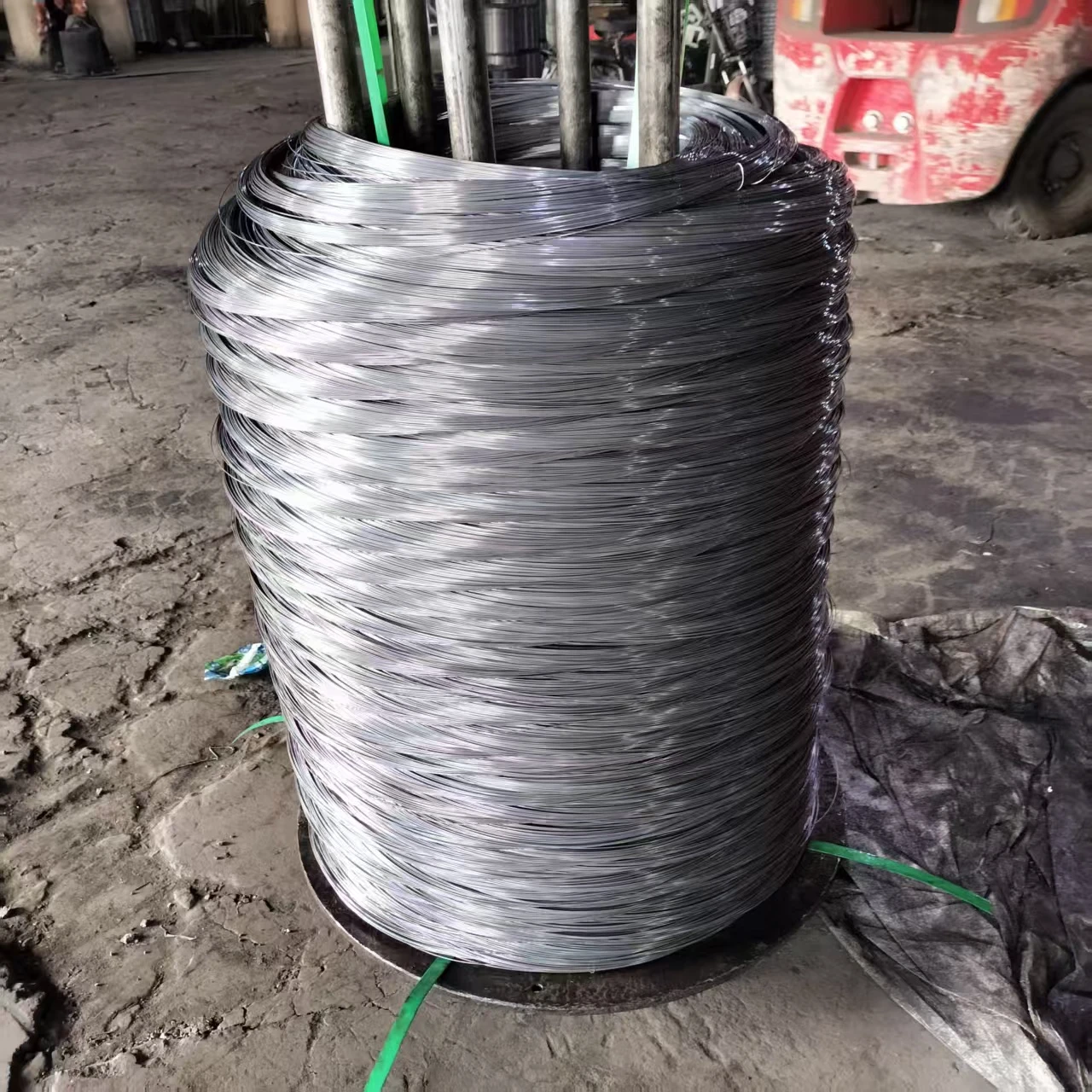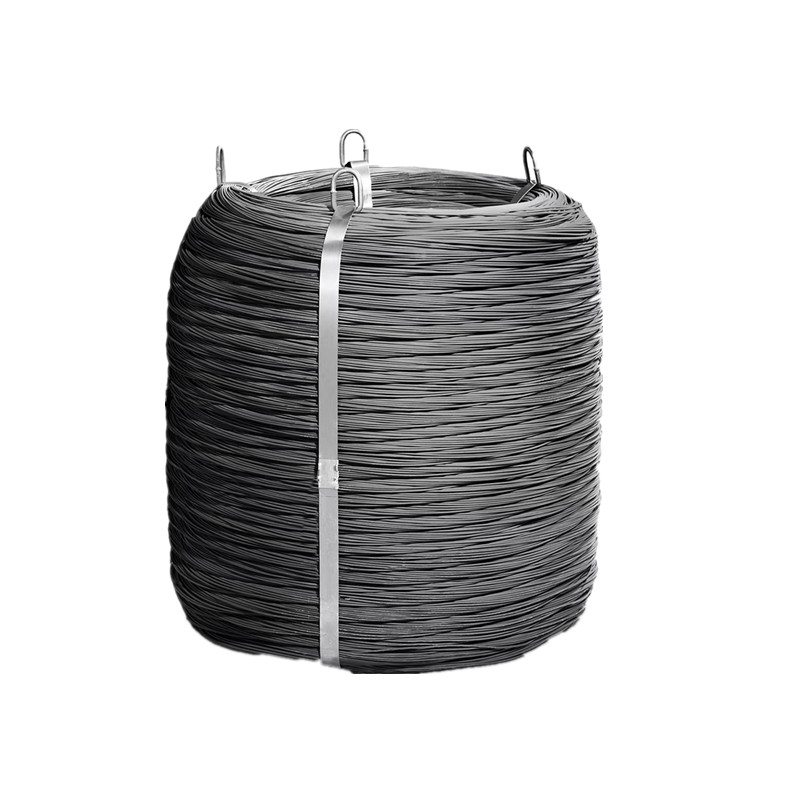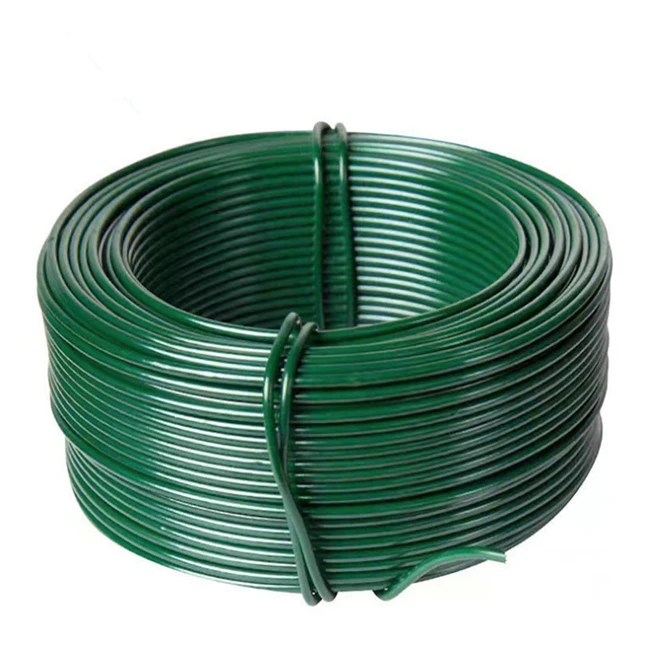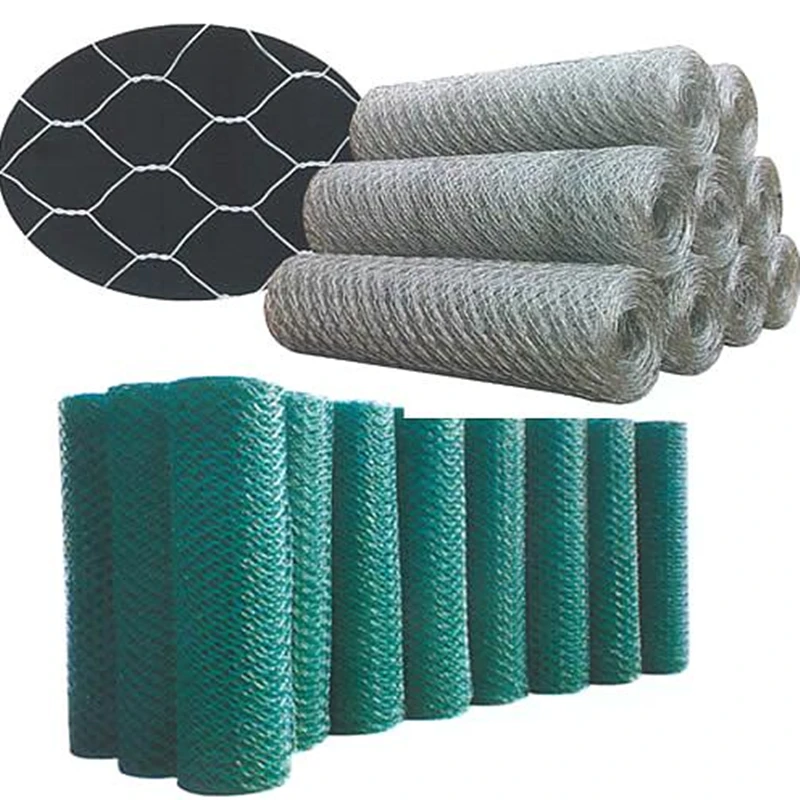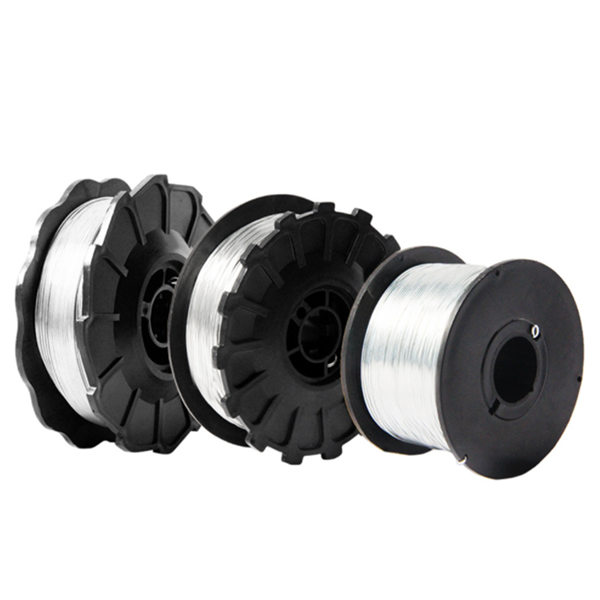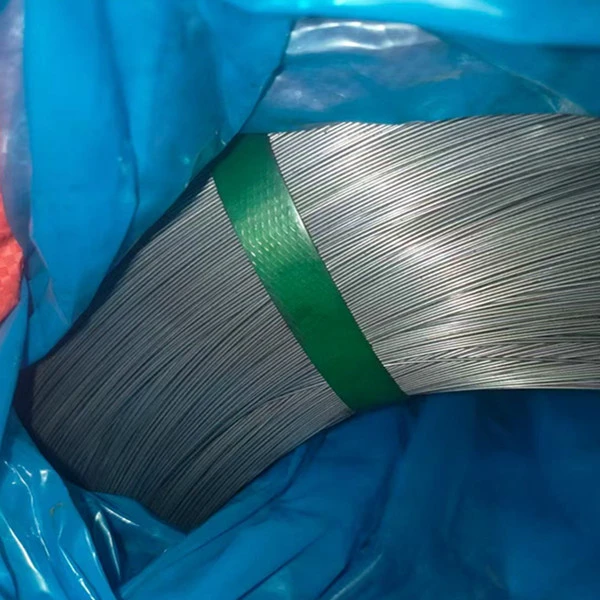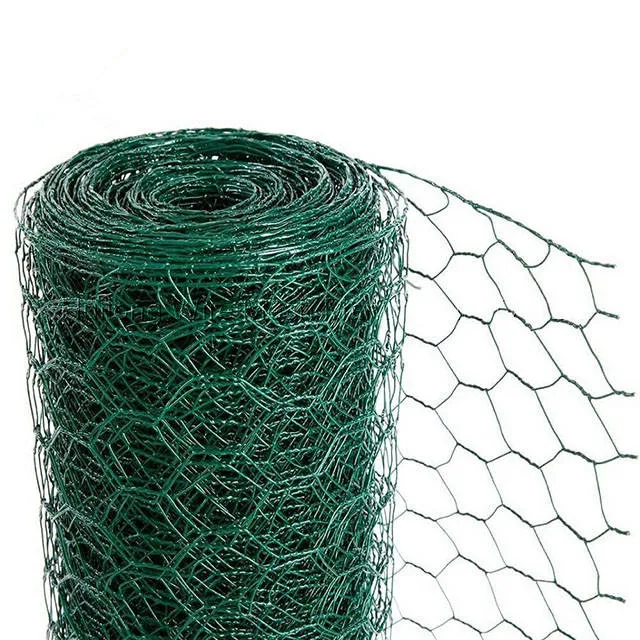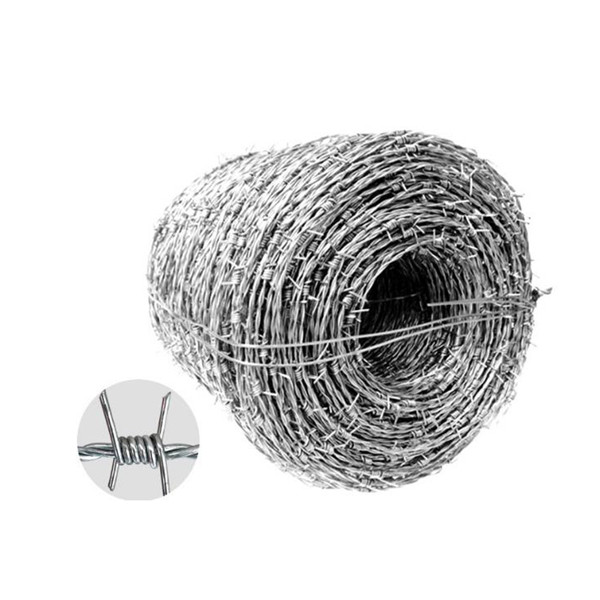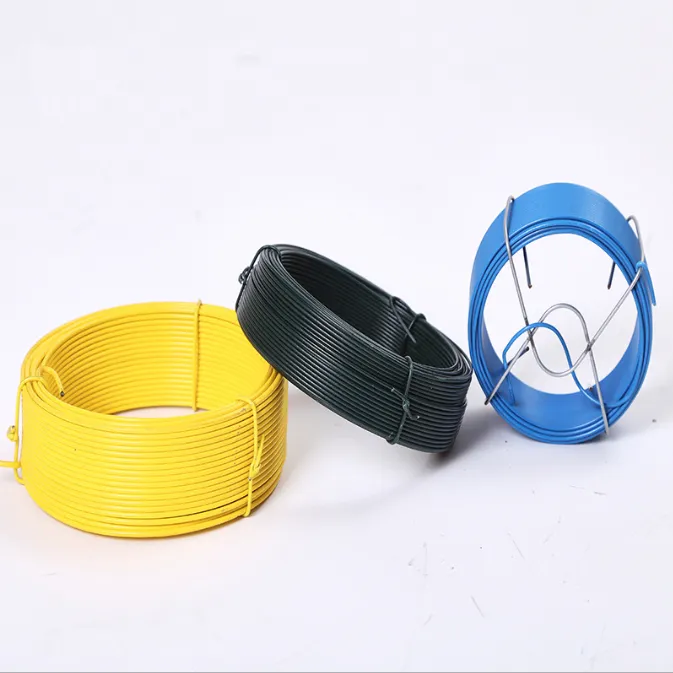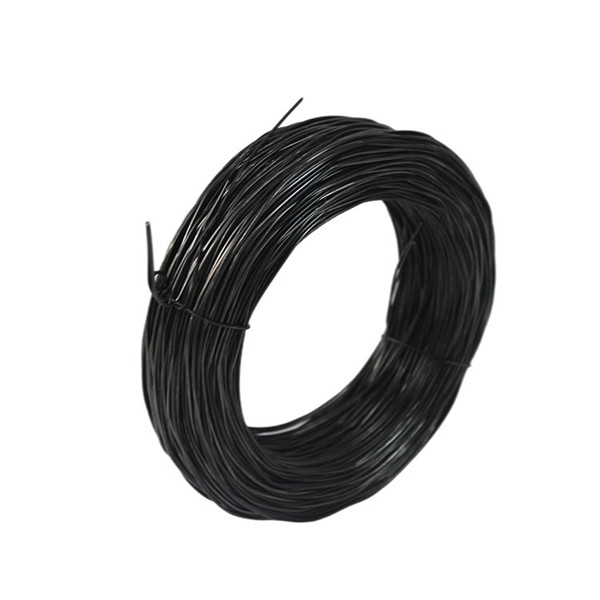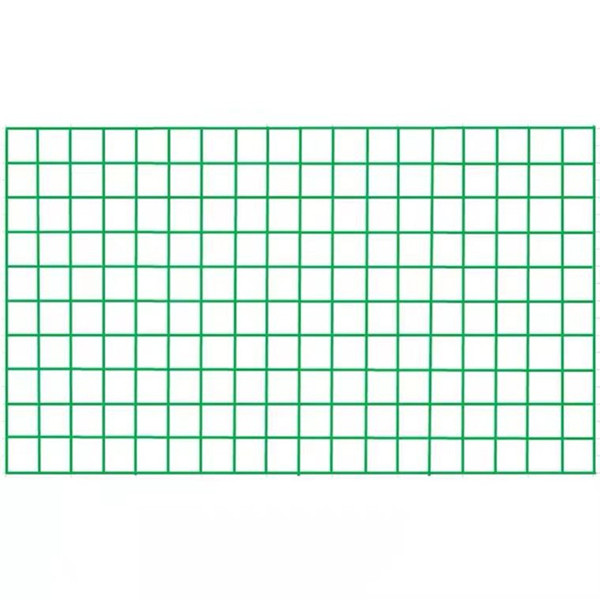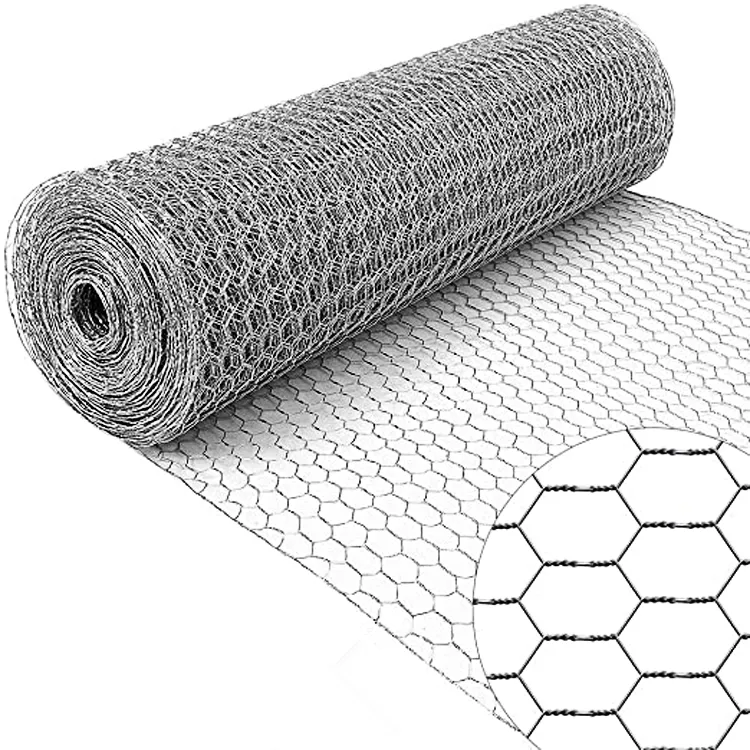- Introduction: Understanding Annealed Steel Wire
- Technical Excellence: Material Properties and Production Insights
- Comparative Factory Analysis: Leading Manufacturers in Focus
- Customization Solutions for Diverse Industry Needs
- Case Studies: Application Success Across Sectors
- Market Trends: Demand, Pricing, and Supply Chain Dynamics
- Conclusion: The Strategic Value of Annealed Steel Wire in Modern Manufacturing

(annealed steel wire)
Introduction: The Significance of Annealed Steel Wire
Annealed steel wire has become a staple in modern construction, manufacturing, and industrial applications due to its flexibility, durability, and exceptional performance characteristics. Businesses across the globe—whether operating in infrastructure development, automotive assembly, or home goods production—depend on the unique properties of annealed, black annealed, and annealed stainless steel wire to ensure structural integrity and efficiency. As demand surges, understanding the nuances of this material is paramount for stakeholders seeking to optimize their procurement strategies and technological advantage.
Technical Excellence: Material Properties and Production Insights
Annealed steel wire results from a meticulous heat treatment process that alters its mechanical properties. By heating the wire to a specific temperature and allowing it to cool at a controlled rate, manufacturers reduce internal stresses and enhance ductility. The final product offers superior workability, making it easily bendable without fracturing—a critical advantage in high-volume manufacturing.
- Black annealed steel wire
stands out for its unique black oxide layer, providing moderate corrosion resistance and a matte finish suitable for binding and baling in construction and agriculture. - The annealed stainless steel wire variant incorporates chromium, enhancing rust resistance for environments exposed to moisture or chemicals.
Empirical tests reveal that conventional annealed steel wire generally demonstrates a tensile strength of 300–410 MPa and an elongation rate exceeding 20%. A 2023 industry report indicated that the global annealed steel wire market volume reached approximately 2.8 million metric tons, showcasing its criticality across sectors.
Comparative Factory Analysis: Leading Manufacturers in Focus
Manufacturers worldwide compete on performance, scalability, and customization in the annealed wire market. A direct comparison of top producers provides important benchmarks for procurement decision-making. The following table highlights three prominent suppliers, focusing on production capability, standard product tolerances, and lead time:
| Manufacturer | Annual Capacity (MT) | Diameter Range (mm) | Tolerance (±mm) | Surface Finish Options | Standard Lead Time (days) |
|---|---|---|---|---|---|
| SteelWire Global Co. | 180,000 | 0.15 – 8.0 | 0.02 | Black, Bright, Galvanized | 15–20 |
| PrimeMetals Industries | 120,000 | 0.20 – 10.0 | 0.015 | Black, Stainless, Annealed | 12–18 |
| EastAsia Wireworks | 200,000 | 0.10 – 7.0 | 0.025 | Black, Annealed, PVC-coated | 18–25 |
This comparative data underlines the capability gaps and specialization trends between major producers, with diameter precision, range, and surface treatment differentiating supplier offerings.
Customization Solutions for Diverse Industry Needs
Standard product lines suffice for many applications, but customized annealed steel wire solutions can transform project outcomes. Manufacturers collaborate closely with clients to tailor key parameters such as coil weight, wire diameter, tensile strength, surface finish, and packaging format. For instance, in high-speed automated processes—a precisely calibrated spooling tension can significantly reduce production downtime.
Leading suppliers employ advanced drawing and annealing equipment, ensuring lot-to-lot consistency and adherence to strict customer-specific mechanical and chemical requirements. Compliance with ISO 9001, ASTM A853, JIS G3533, or EN standards also guides customization and quality assurance. Enhanced logistics capabilities—such as just-in-time deliveries or re-rolling to meet regional size preferences—further distinguish top-tier vendors.
Case Studies: Application Success Across Sectors
Real-world use cases best illustrate the transformative value of high-quality annealed wire:
- Construction Sector: Black annealed steel wire is widely employed for binding rebar at major infrastructure sites due to its malleability and cost-effectiveness. A recent metropolitan bridge project reported a 30% labor time reduction versus rigid alternatives.
- Automotive Manufacturing: Optimized annealed stainless steel wire is used in spring and cable assemblies, where corrosive environments demand peak reliability. A leading OEM found that switching to a bespoke alloy grade extended product lifecycle by up to 18%.
- Packaging and Agriculture: Farms in South America transitioned to larger coils of annealed wire for crop baling, reducing manual handling events by 40% and increasing seasonal throughput.
These outcomes highlight how material choice, processing quality, and proper customization can directly drive project efficiency, cost savings, and operational safety.
Market Trends: Demand, Pricing, and Supply Chain Dynamics
The global market for annealed steel wire continues to expand, fueled by urbanization, automated production lines, and infrastructure renewal projects. Market analytics published in 2024 forecast a 4.7% CAGR through 2030, with notable surges in demand for black annealed steel wire within the Asia-Pacific region. Raw material price volatility—especially for low-carbon wire rods—poses challenges, while transportation disruptions have pressured global supply chains since 2021.
Meanwhile, innovative manufacturing technologies such as continuous annealing furnaces and robotic coil handling have elevated both output consistency and worker safety. Data-driven procurement platforms enable buyers to monitor real-time production timelines, vendor reliability scores, and cross-market pricing trends, supporting more agile sourcing strategies in a rapidly evolving market landscape.
Conclusion: Unlocking the Full Potential of Annealed Steel Wire
As industries grapple with rising technical requirements and ever-tightening operational tolerances, annealed steel wire emerges as a cornerstone resource, offering proven versatility and high performance. By leveraging best-fit suppliers, customization options, and data-backed procurement, manufacturers can maximize ROI while benefiting from a resilient and agile supply chain. Investing in the right solution today ensures long-term performance, safety, and competitive differentiation across construction, automotive, and packaging sectors worldwide.
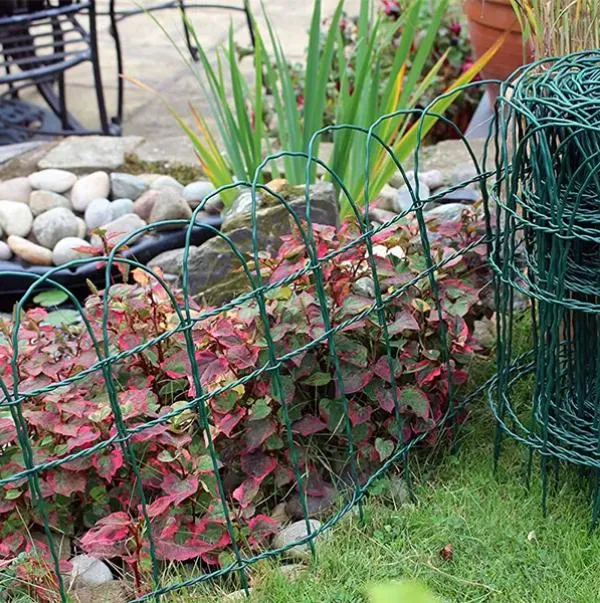
(annealed steel wire)



